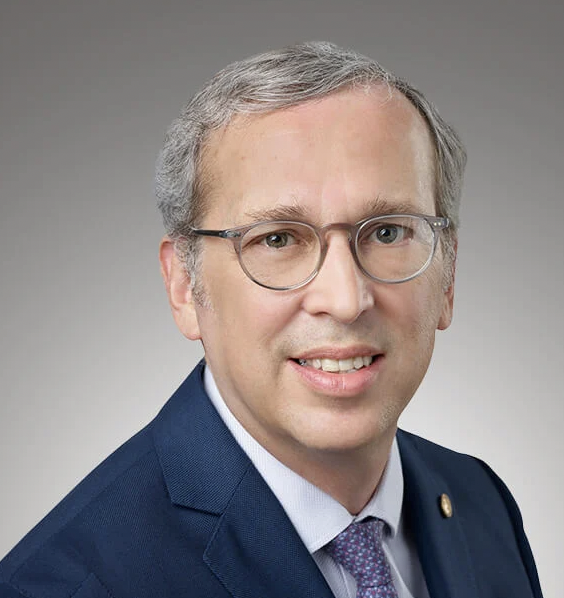This article was originally published in a sponsored newsletter.
With the approval of new therapeutic interventions, managing AMD is different than it was just 2 years ago. Before therapies aimed at reducing the progression of geographic atrophy (GA) resulting from AMD became available, treatment of nonexudative AMD primarily relied on observation, counseling, AREDS supplements, and lifestyle adjustments.
With the advent of avacincaptad pegol (Izervay; Astellas) and pegcetacoplan (Syfovre; Apellis), the nature of our patient conversations is radically different. Although most patients with GA previously walked into our offices expecting only an exam, the conversation now includes therapies for slowing the disease course. The use of these drugs must be discussed with the results of recent studies in mind, describing that while these drugs will not reverse the disease, they should help to slow progression. However, this conversation becomes more difficult when patients learn they must commit to these medications monthly or every other month, indefinitely. Risks including exudative AMD and, less commonly, endophthalmitis, intense inflammation, and anterior ischemic optic neuropathy (AION) make these conversations increasingly complex.
Even as patients follow up, we cannot readily demonstrate the benefit of intervention because progression of GA may vary between patients and even fellow eyes. Conversations may become nuanced when patients ask questions such as, “Do you think it’s working?”. The knowledge that patients who are treated early stand to benefit the most makes this paradigm even more challenging because patients who are early in their disease course may not comprehend the devastating vision loss that inevitably will follow. The response from patients is mixed and, without tangible improvements in vision, even the best candidates and their caretakers and families may require several educational discussions before they commit to therapy, given the burden of treatment every 4 to 8 weeks.
Office workflows have not changed drastically since the introduction of therapeutics. On entry, patients receive a full technician workup, optical coherence tomography (OCT) scans of the macula, and a full eye examination. The clinical exam remains crucial given the not insignificant rates of neovascular AMD conversion while on therapy. Geographic atrophy is tracked via examination, measurements on OCT, and, on some visits, fundus autofluorescence testing. Dense OCT scans should be considered to detect subtle fluid associated with exudative AMD, whereas nerve fiber layer analysis may be utilized to detect glaucoma or AION. It is prudent to monitor patients closely for signs of intraocular inflammation from these drugs — particularly occlusive retinal vasculitis at the first follow-up visit — because these have been reported. Intervals of 4 to 8 weeks for treatment and monitoring have been standard in our practice, with the obvious recommendation to return sooner if issues arise. As has been demonstrated from clinical trials, extending treatment past 4 weeks may decrease efficacy, but decreases the risk of complications as well.
Overall, although the introduction of therapies for GA is exciting and changes the way we practice, it comes with nuanced conversations, changes in office workflows, and vigilance to prevent devastating complications in treated eyes. As we garner more experience with these therapies, the landscape of patient conversations and day-to-day practice will continue to evolve in treating GA and AMD.
This content is independent editorial sponsored by Astellas. Astellas had no input in the development of this content.











